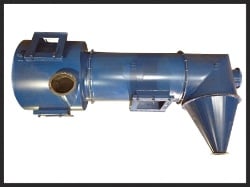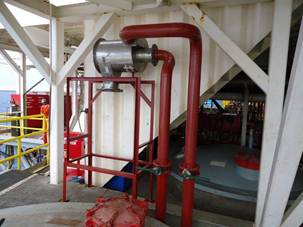Dust collection systems consist of four major items. All of them are important and can cause a dust collection system to underperform. The major items are the exhaust fan, dust collector, ductwork, and hoods/pickup points. While the exhaust fan provides the motive power to collect the dusty air, its performance is affected by each of the components. This means that if one of the other components isn’t operating as designed, the whole system will be affected. Ductwork is usually by far the largest component and often the most overlooked. Depending on the size of your system, the ductwork can span hundreds of feet and have dozens of side streams. The ductwork is like railroad tracks, it moves the dusty air from one place to another.
Often times, additional lines will be added to a dust collector system after installation. Without proper evaluation of the system, this could negatively affect the performance of the whole system. This means that just because the dust collector system was operating correctly before, it might not after an additional pickup point or hood is added. What happens is that when you add additional pickup points, you change the balancing of the system. This could change the airflow to each and every hood and pickup point in the system, so while the system was originally adequately venting an area, it might not after a change.
A few things can be done to address this, such as changing fan speed, adding dampers, modifying ductwork, etc. The main thing you need to keep in mind is that if you slow the airflow through ductwork too much, you begin to build up dust within the line. This will further restrict your airflow and become a fire / explosion hazard.
So when you are looking at changing your dust collector system, review the system parameters or hire someone to review so that you do not cause additional issues.
Learn about the questions you should be asking to make sure you're buying the right dust collector for your application. Get your whitepaper now.

If you are having operational issues on your dust collection system, contact Aerodyne at 440-543-7400 or dc@dustcollectorhq.com.

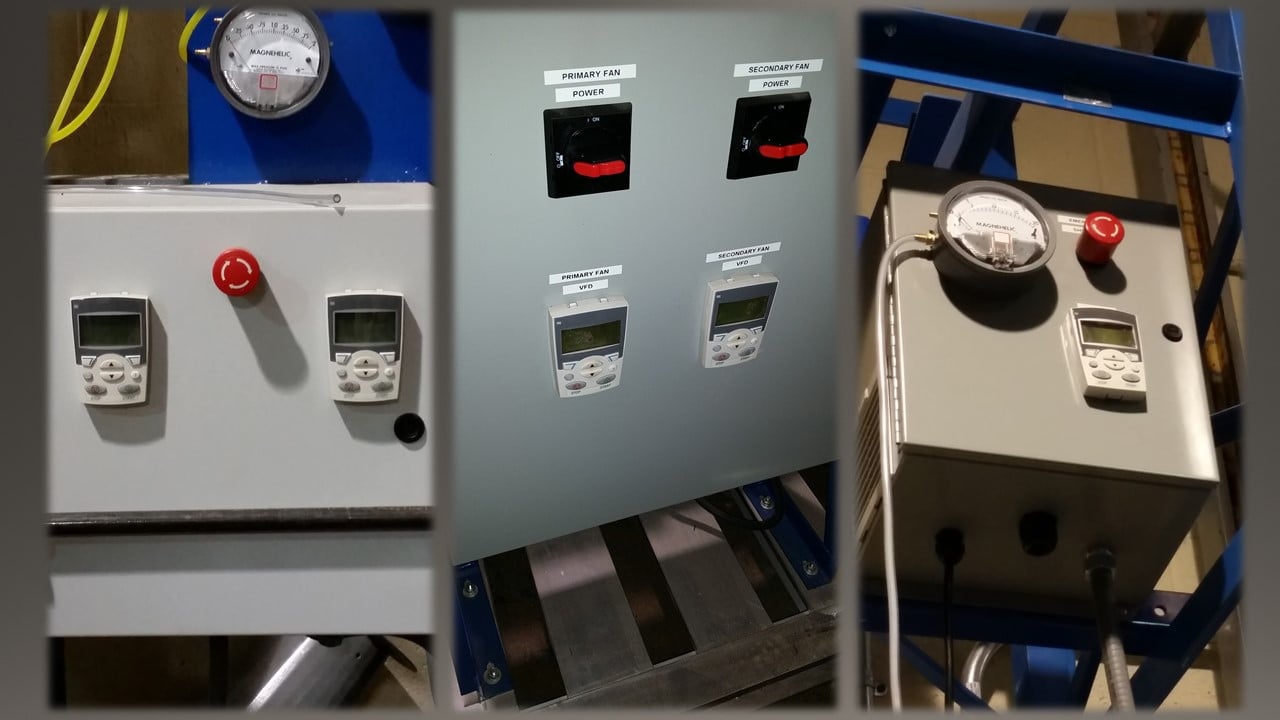

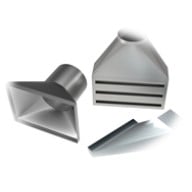

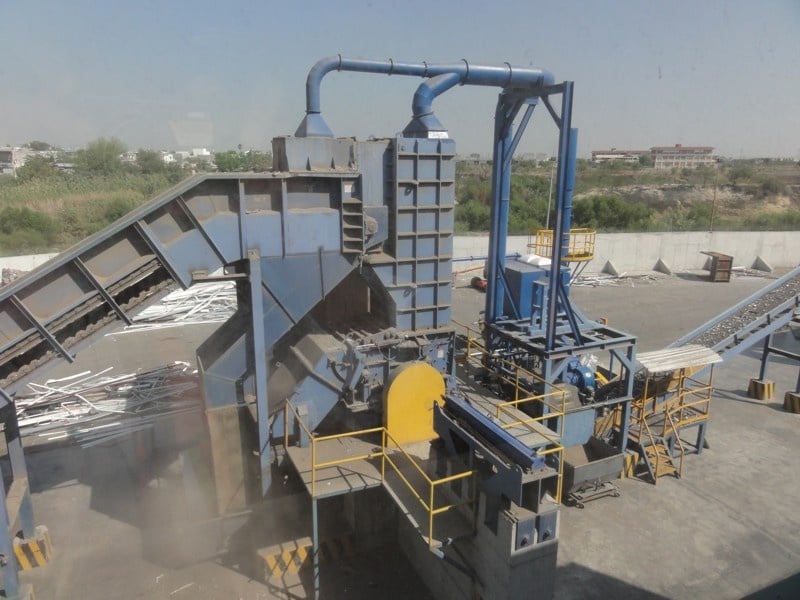

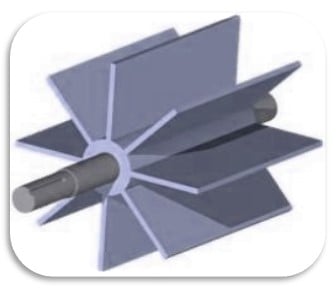
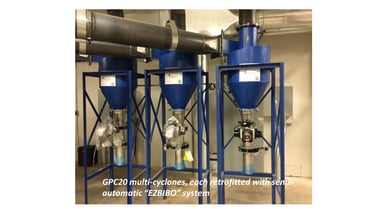 The “EZBIBO” system was originally designed for use with Aerodyne GPC Cyclones to allow for easier bag-in bag-out capture systems for low toxic level pharmaceutical dusts typically encountered with encapsulators, pill coating systems, and some mixing operations. The system allows for capture and bagging of waste material in the pharmaceutical process allowing for weighing and accounting of all materials used in a process, with minimal exposure to operation personnel.
The “EZBIBO” system was originally designed for use with Aerodyne GPC Cyclones to allow for easier bag-in bag-out capture systems for low toxic level pharmaceutical dusts typically encountered with encapsulators, pill coating systems, and some mixing operations. The system allows for capture and bagging of waste material in the pharmaceutical process allowing for weighing and accounting of all materials used in a process, with minimal exposure to operation personnel.


